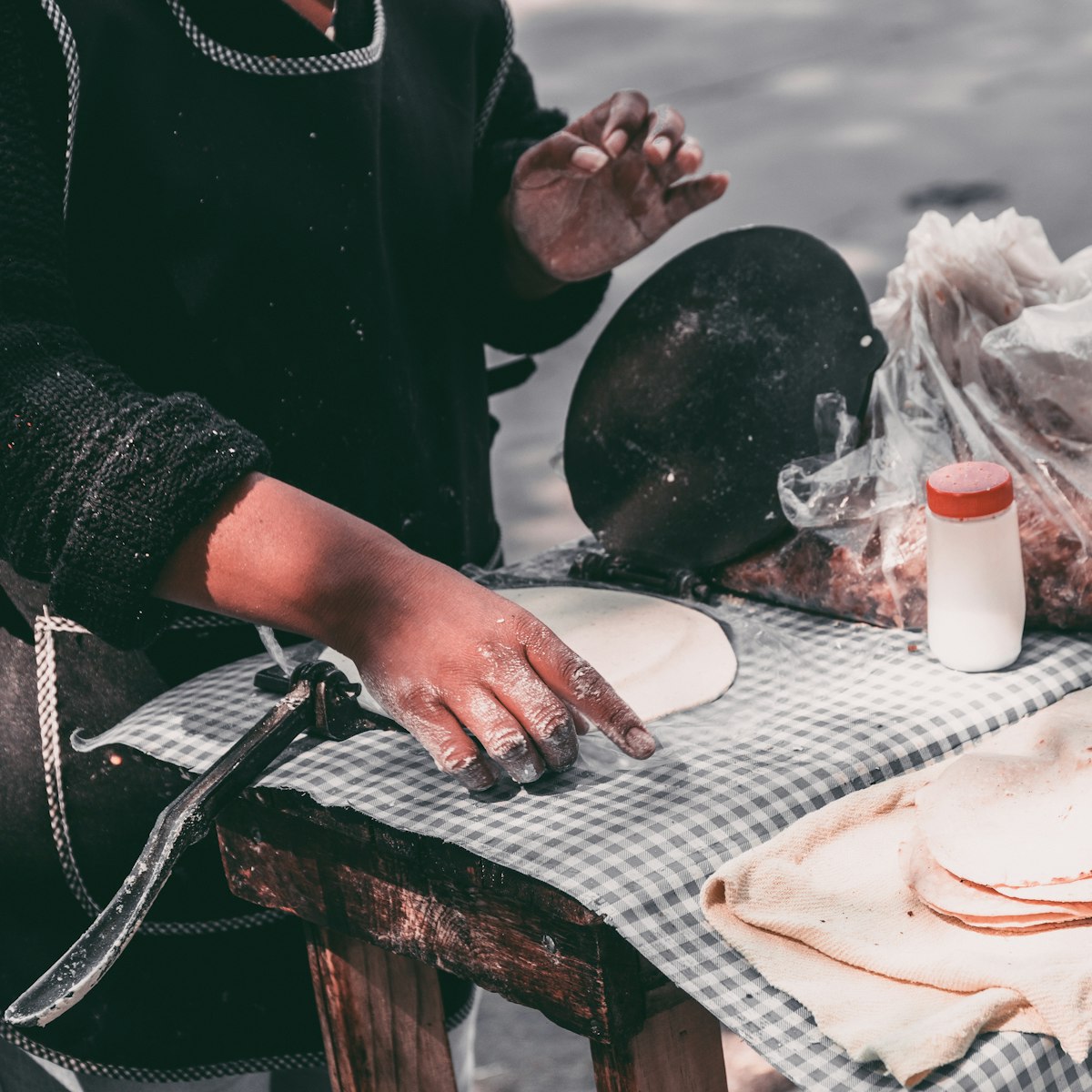Dietary patterns of the past, such as nixtamalization, beneficial to health
Moderate consumption of tortillas made by the nixtamalization process. Reheating them produces a greater amount of starch, which functions as fiber that aids digestion. Its antioxidant properties help prevent chronic degenerative diseases.





